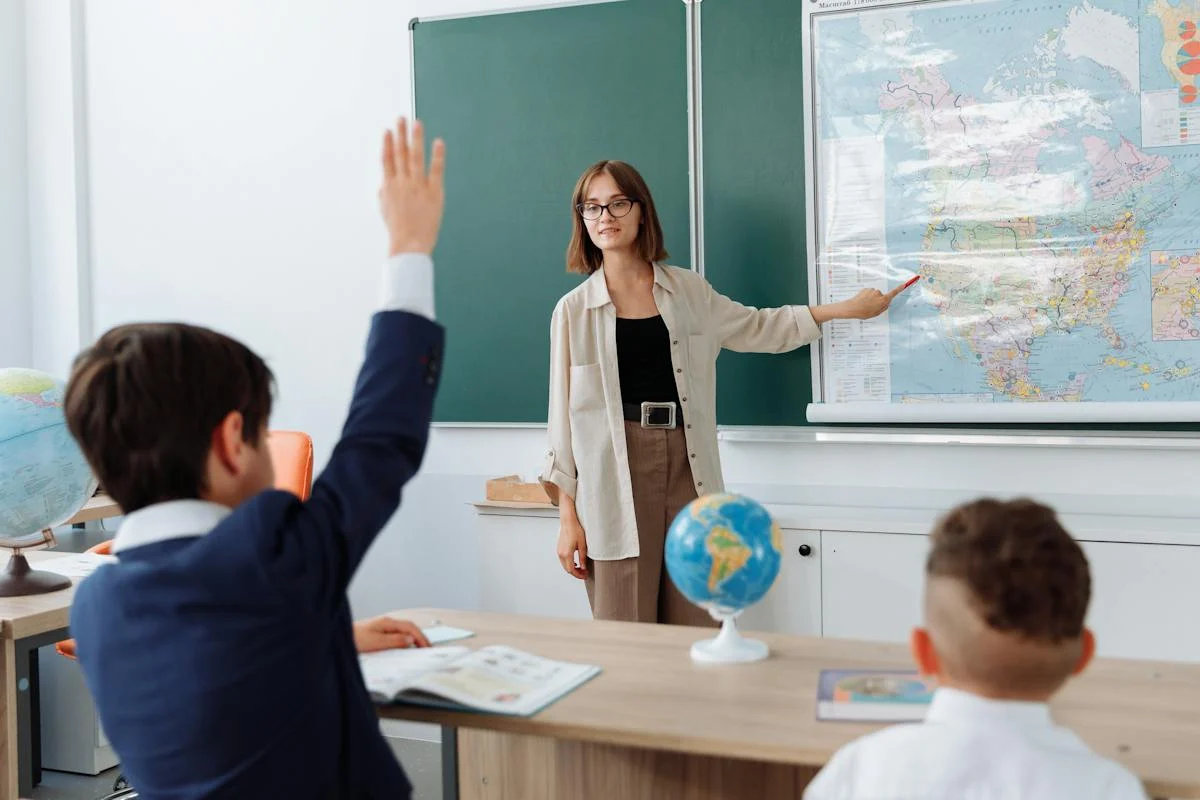
Imitation Training Techniques for Children with Autism
The results of many studies collectively show that children with autism show significant differences in imitation from ordinary children. Ordinary children are naturally interested in the outside world, and they are primed through their eyes, ears, and other senses.
For children with autism, imitation is a very difficult task. Most autistic children turn off all these sensory cells and refuse to receive information from the outside world (or turn them all on, drowning in a plethora of stimuli) Parents, as the main companions of their children, can improve their children’s imitation skills in the following ways:
In daily life
Interest is the beginning of imitation, and imitation ability is the foundation of learning. In the face of autistic children, if they are not cultivated and trained early on, they will encounter difficulties in all aspects of learning. Cultivate the ability to imitate by discovering activities in your child’s life that he or she enjoys.
For example: “blowing bubbles”, blowing bubbles is one of the children’s favorite games, the mother put the bubble stick dipped in a little bit of soapy water, blowing a big bubble with his mouth.
The whole action process to guide the child to observe carefully, the child picked up the bubble stick, imitating the mother’s action, also blowing a big bubble (this process can be held by the mother of the child’s hand, to assist the child to complete together). Mom in the game with the child, not only to be satisfied with blowing bubbles, but more importantly, to guide the child to imitate, stimulate the child’s thinking to increase their memory.
Persistence – Repetition
“Repetition is an effective way for children to learn. In repetition, children form awareness and acquire imitation skills through observation, experience and perception, so in the process of children’s learning, insist on “repetition” to consolidate imitation skills.
For example, in the above example of “blowing bubbles”, we can repeat the bubble blowing game with the child many times, until the mother issued the instruction: “blow bubbles”, the child will take the initiative to imitate the mother’s action. Through this kind of “repeated practice”, the child’s ability to imitate is invariably built up during play.
Natural guidance in life
For autistic children, the purpose of teaching is to adapt to learning and life, but in the process of teaching, we often find that it is difficult to generalize a certain skill or apply it to the corresponding situation after teaching it to the child. So we have to play in the teaching, teaching in the middle.
For example, if you take your child to the zoo and your child is particularly interested in “elephants”, let your child imitate the elephant’s long trunk or walk with you in a bulky posture, which is a natural guide to the situation. At the beginning of the natural guidance, you need to assist the child by hand, so that the child to repeat the imitation of the action, to achieve the hard memory (the use of compulsory means of the content to be memorized into the brain).
Reinforcement of spontaneous imitation
Most autistic children do not have the ability to imitate spontaneously, so we let the child passively imitate and then gradually change to spontaneous imitation during the training process, and try to encourage the child to apply this imitation behavior to other scenes, and once the child has spontaneous imitation, we must reinforce the child’s behavior.
For example, if you teach your child to sing the children’s song “Two Tigers” and do the actions while singing, at first your child will only imitate passively, but when he or she becomes skillful and turns on the music, the child will follow his or her mother and imitate spontaneously along with the music.
©2023. 3RMDS. All Rights Reserved.
